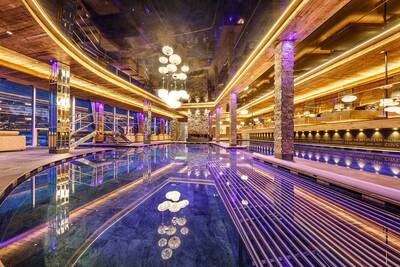Almost unchanged is the historic, partly still medieval city center with its churches, picturesque alleys, arcades and citizen houses from the 16th century. The impressive city wall with its massive battlement towers, roundels and gates is completely preserved. Thanks to extremely careful restoration work, Glurns has managed to keep up with the present while preserving its unique picturesque character.
Already in Roman times, Glurns was an important traffic junction on the Via Claudia Augusta, from which trade routes branched off to Graubünden and Lombardy. The first documented mention of Glurns dates back to the year 1163. Count Meinhard II granted the town market rights in 1291, and in 1304 Glurns is already mentioned as a city. Glurns owes its heyday in the late Middle Ages to trade, especially the trade in salt and ore, which brought wealth and influence. However, in 1499, the army of Emperor Maximilian I was defeated by the Confederates in the Battle of Calven, who subsequently plundered and burned Glurns.
Glurns was rebuilt as a bulwark against Graubünden and fortified with the still existing city wall. However, with the loss of the Grisons hinterland and the simultaneous change in trade routes, as the Eisack Valley and thus the route over the Brenner Pass became passable, the economic decline began. Glurns could no longer match its former heyday, and plagues, fires, and floods added to the challenges. At times, the formerly famous city held the dubious record of the lowest population of any city in Europe, and small-scale agricultural structures prevailed in the former trading center.
However, it is thanks to these circumstances that Glurns has hardly changed since the 16th century, and the historic cityscape has largely remained intact. In the 1970s, the gentle and comprehensive restoration of the city began, with scientific collaboration. Thanks to this successful revitalization, we now have in Glurns a particularly picturesque piece of the Middle Ages and Renaissance, which welcomes us unscathed and authentic.
A city tour through this architectural gem is best started at one of the city gates, following the course of the wall at first. Depending on your mood, you can then venture into the narrow streets and discover the many charming corners of Glurns. The visit can then conclude with an espresso or a fine meal at the town square.
By the way, did you know that the illustrator, painter, graphic artist, and caricaturist Paul Flora was born in Glurns? At his own request, Flora was also buried in the cemetery of his hometown after his death in May 2009.







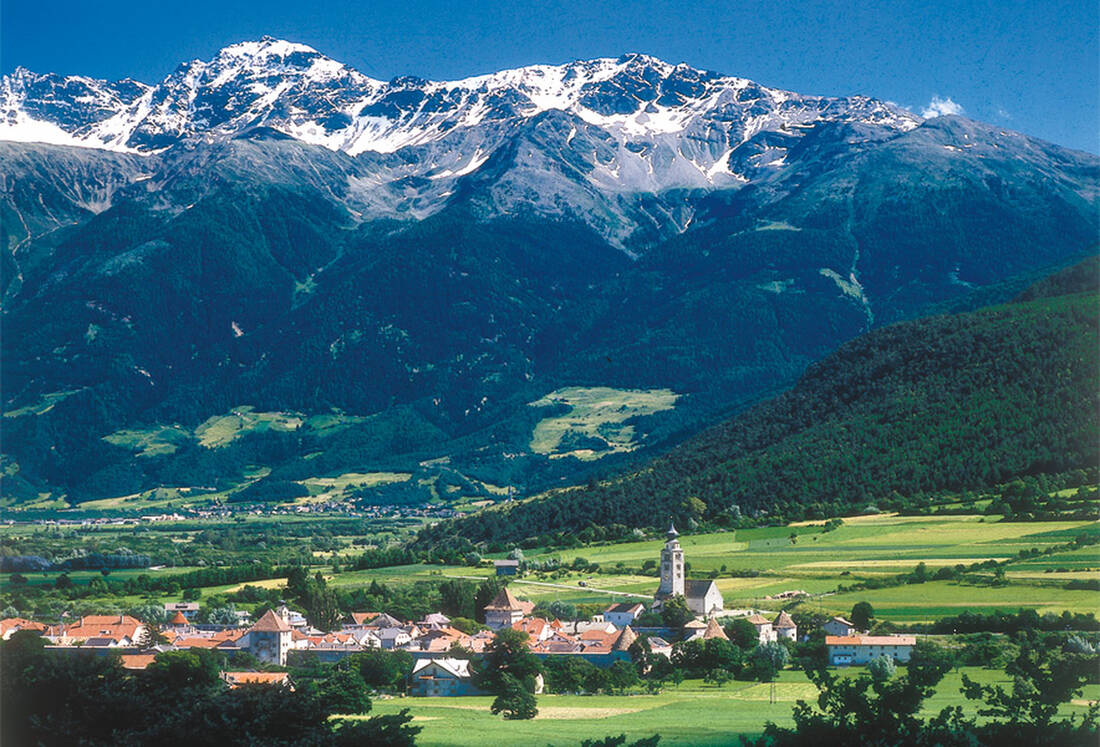
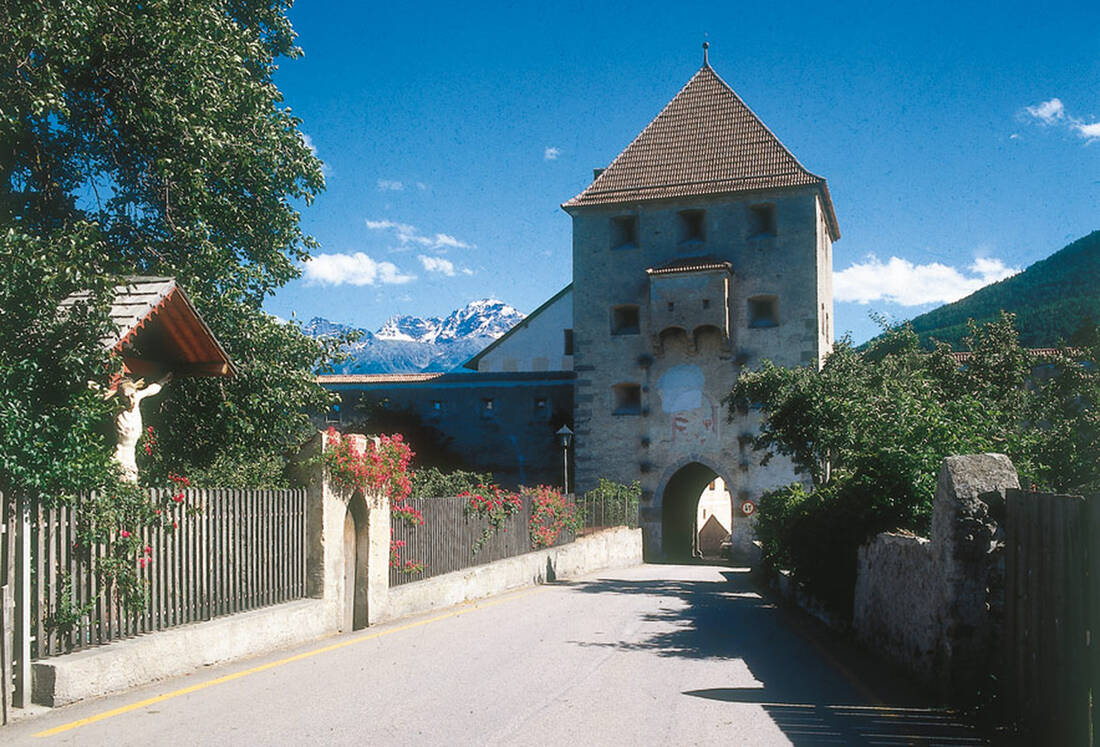
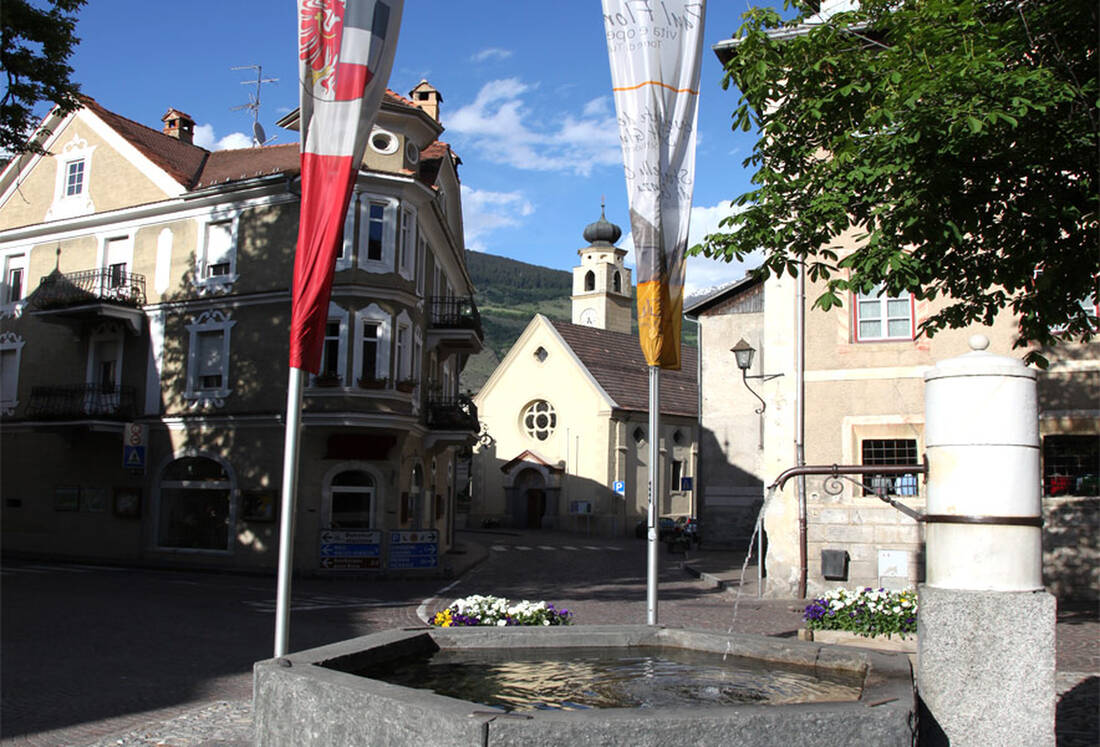
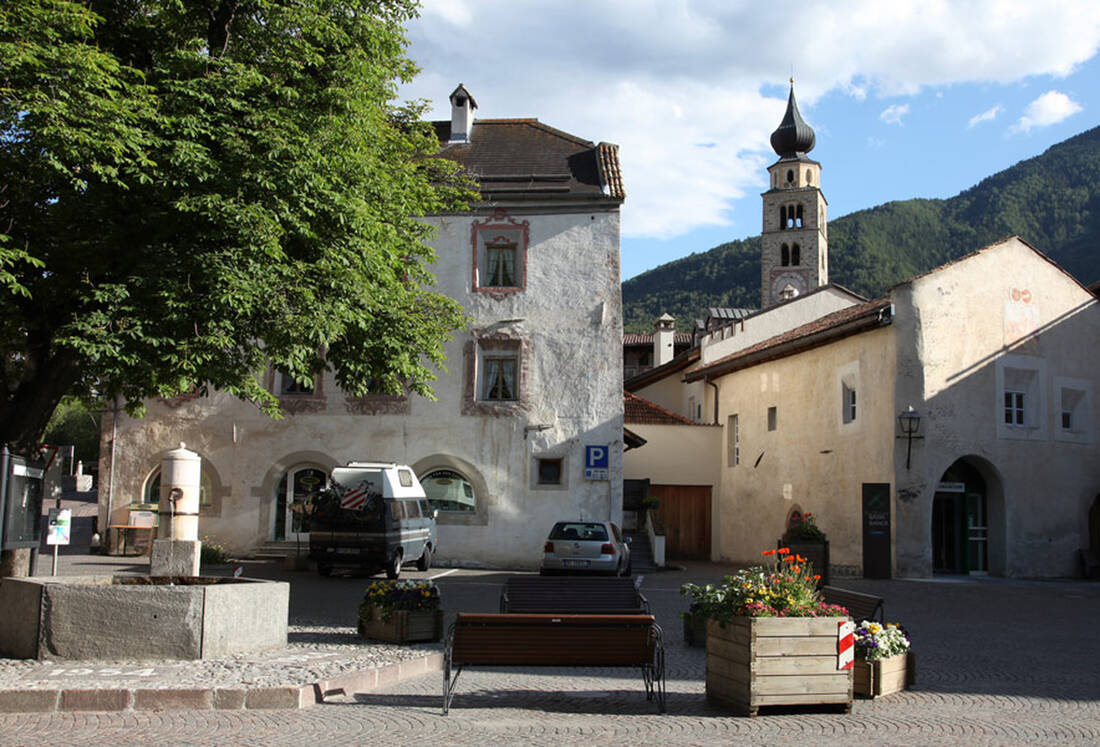
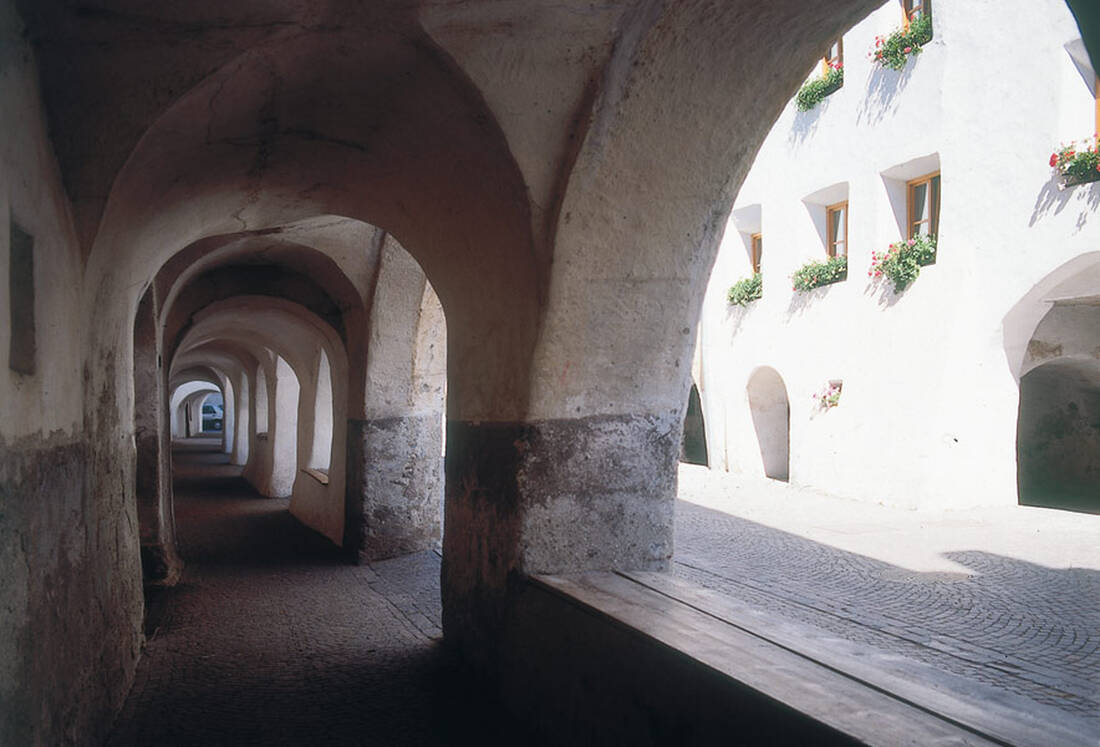
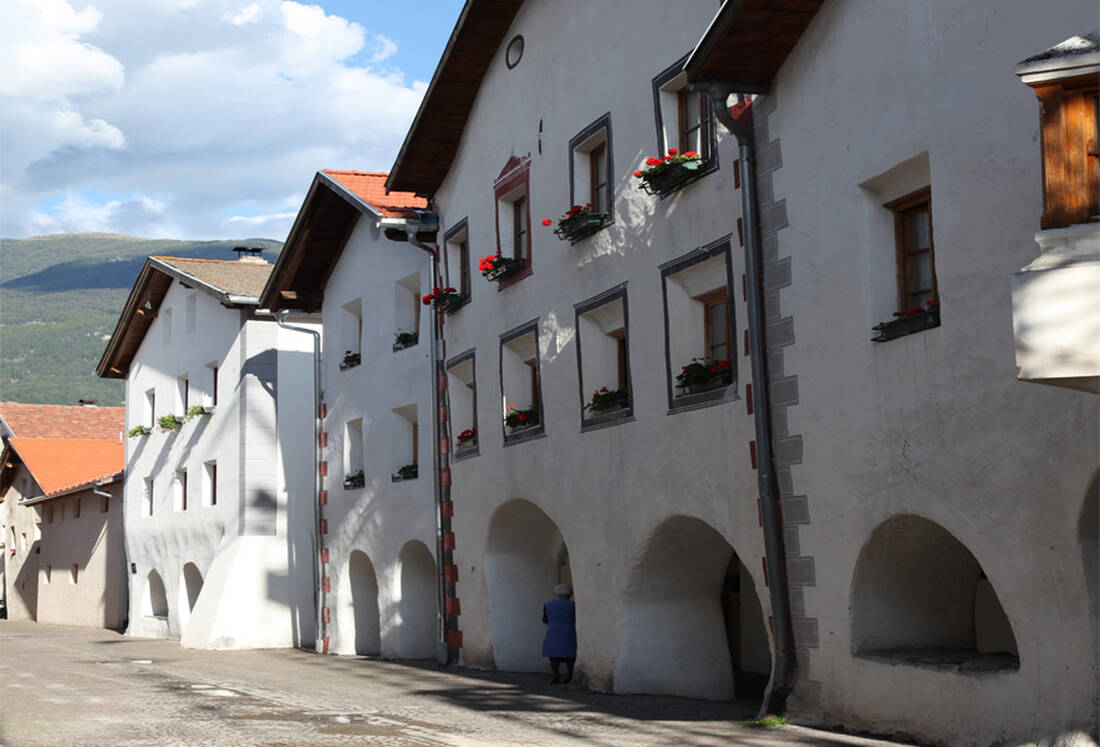
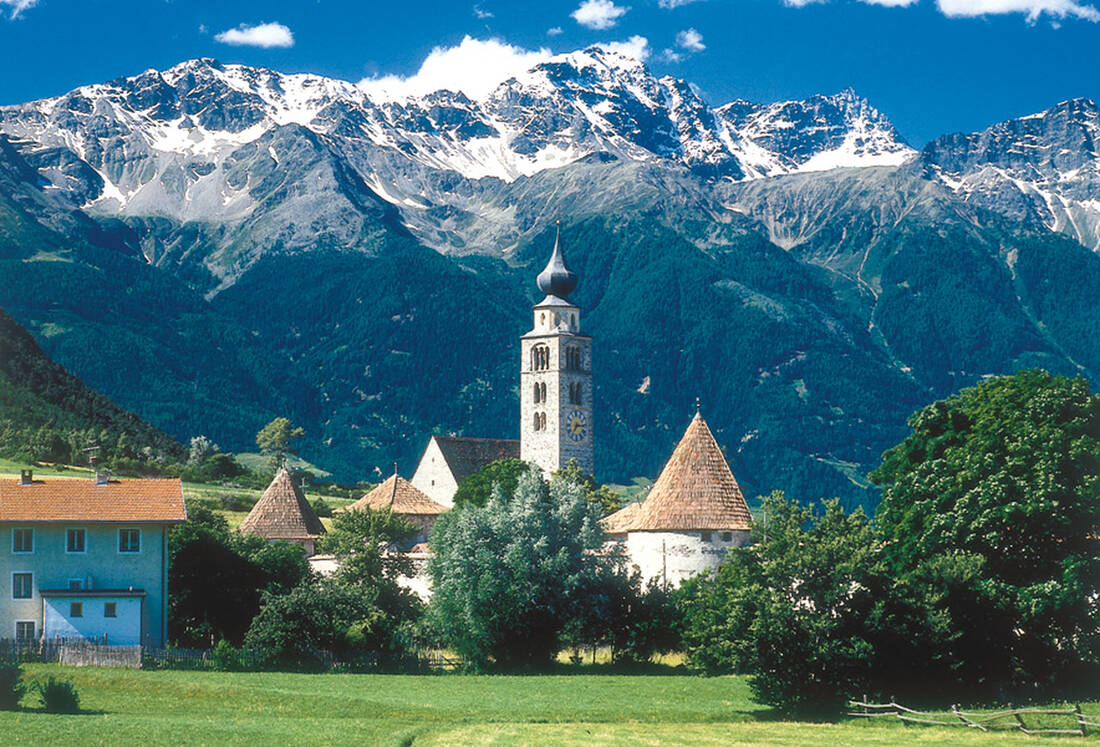
 How do you like the content of this page?
How do you like the content of this page?